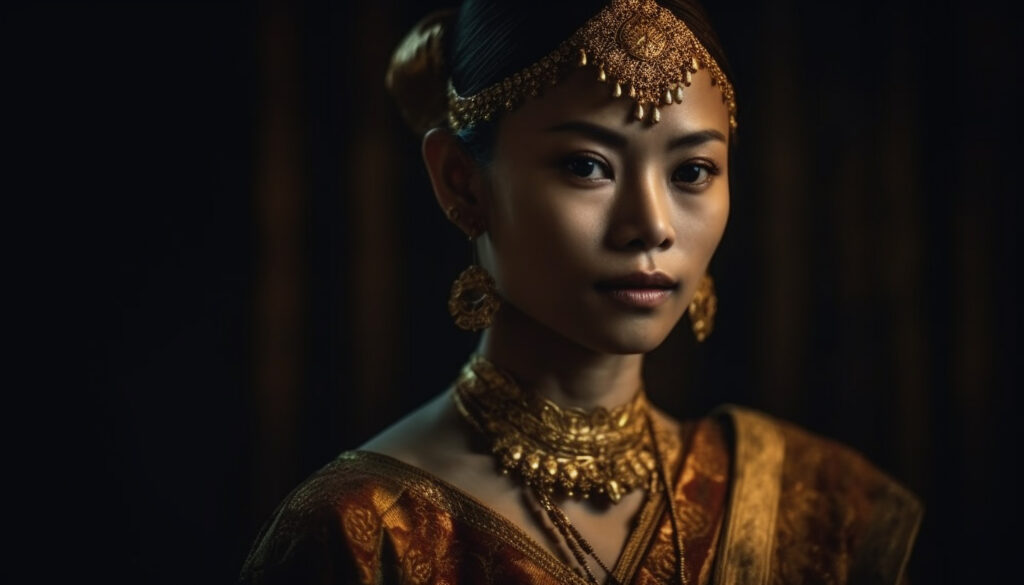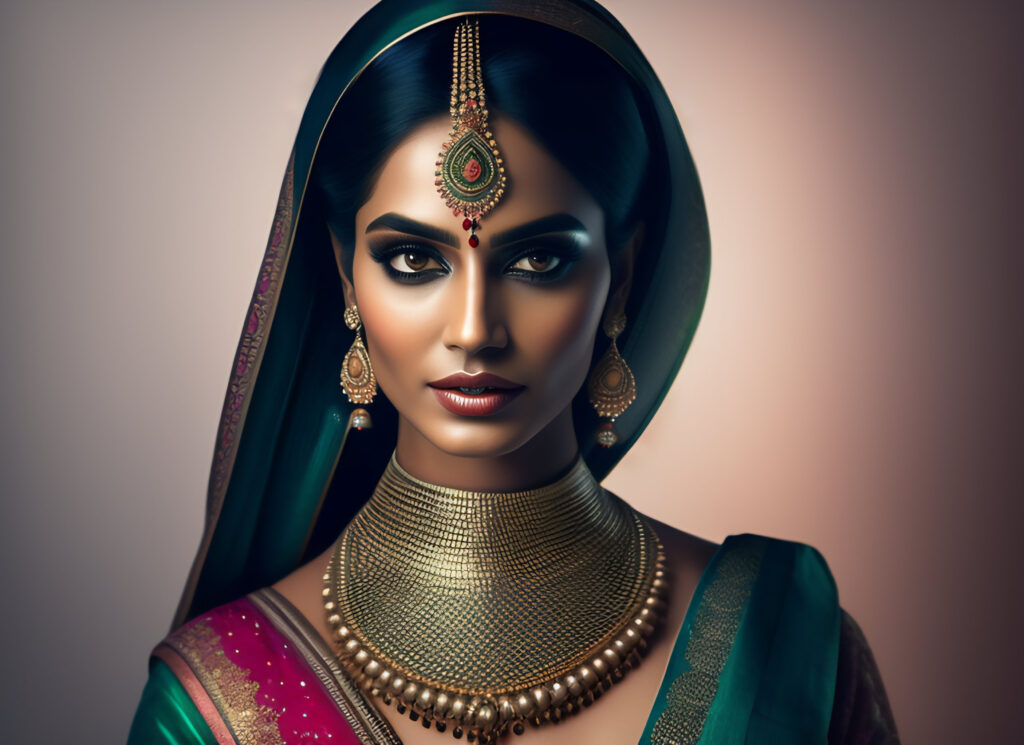Jewelry has become a prominent statement piece in the evolution of visual and creative art. In the unique perception of art, jewelry is considered to be a symbol of glamor and magnetism that can capture multiple aspects like personal expression, history, and human culture. It delivers an enormous influence on the artistic themes of art, from the simple necklace to the adoring crowns and bangles. Let’s analyze the relevance of jewelry’s depiction in art in detail, revealing how it transmits individual significance and cultural identity.

Jewelry as a symbol of power and status
The visual portrait of power and the individual status of jewelry in art is one of its primary aspects. The elegance of solid gems in the art of portraiture, particularly in the Baroque era and periods of the Renaissance, emphasized the influence and affluence of an individual. Professional creators like Hans Holbein and Diego Velázquez portrayed their regal clients with expensive gem-encrusted attire, tiaras, and crowns. These shimmering and visually attractive pieces served as both assertions of the sitter’s financial status and portraits. For instance, many of the monarchies depict gold chains as a representation of their authority and leadership. Similarly, the Spanish leaders love to embellish their beauty with jewelry that depicts their cultural status. Thus, art jewelry galleries gained popularity and were used as an artistic tool to convey historical prestige.
Personal Meaning and Symbolism

Despite ethnicity and status, the art of jewelry possesses symbolism as well as individual prominence. Jewelry has become a medium of artistic communication that can convey different historical stories, beliefs, and emotions. As a result, jewelry has taken up a major space in the hearts of artists and evolved into an intimate component of their compositions.
Expression and Cultural Identity
Jewelry plays a significant role in expressing art and its cultural identity. Jewelry art crafters bring creative thoughts to their various artisans’ works that reflect those cultures’ aesthetic tastes, ideals, and traditional norms. The artist loves the elegance of jewelry to honor the traditions of their subjects of art and as a sense of their cultural identity, which is often incorporated into their sculptures and paintings.
The famous Mexican artist, Frida Kahlo, encompassed the grace of unique Mexican jewelry in her self-portraits. She decided to make a conscious effort to embrace her kingdom and wear glitter to celebrate the legacy of Mexicans. Thus, the intricate designs of jewelry became an iconic pair in self-portraits that can convey a meaningful message of culture, identity, and art.
Finally
The portrayal of jewelry in art is a fascinating depiction of personal identity, culture, and history. It became a powerful tool for the artists to express their vision of personal significance, heritage, and social standing. Jewelry plays a pivotal role in art because it honors your cultural heritage by adorning kings and queens in artistic portraiture. The dazzling drawings using rich metals and dazzling gemstones will keep twinkling brightly as a glowing emblem of our culture as we admire and study art throughout history. Let’s check out some traditional jewelry in Aurorasouq to capture the realities of our traditional culture and historical facts.

